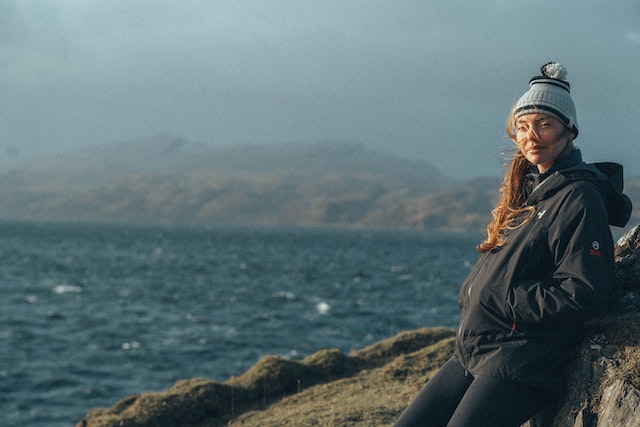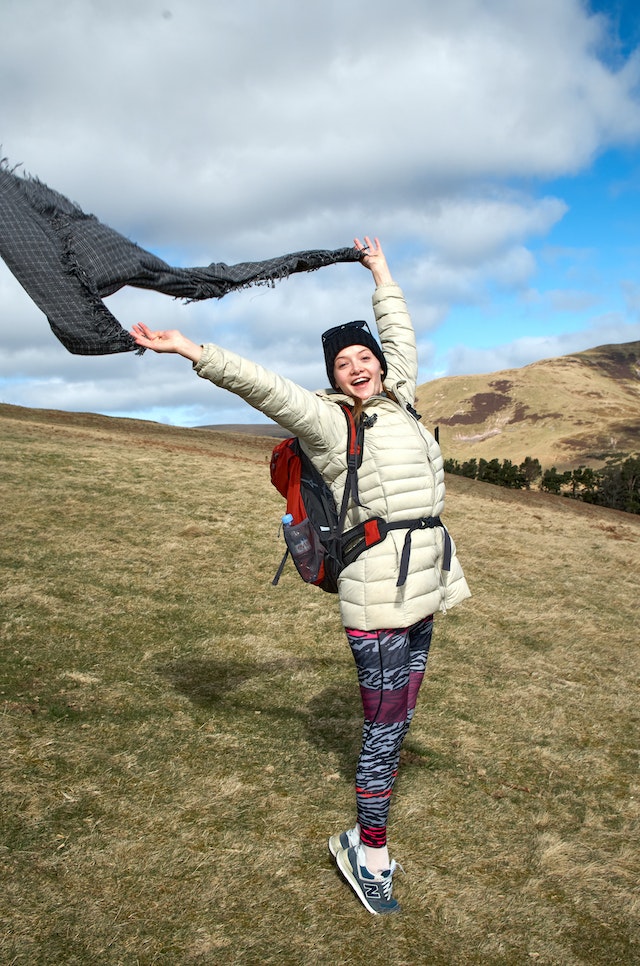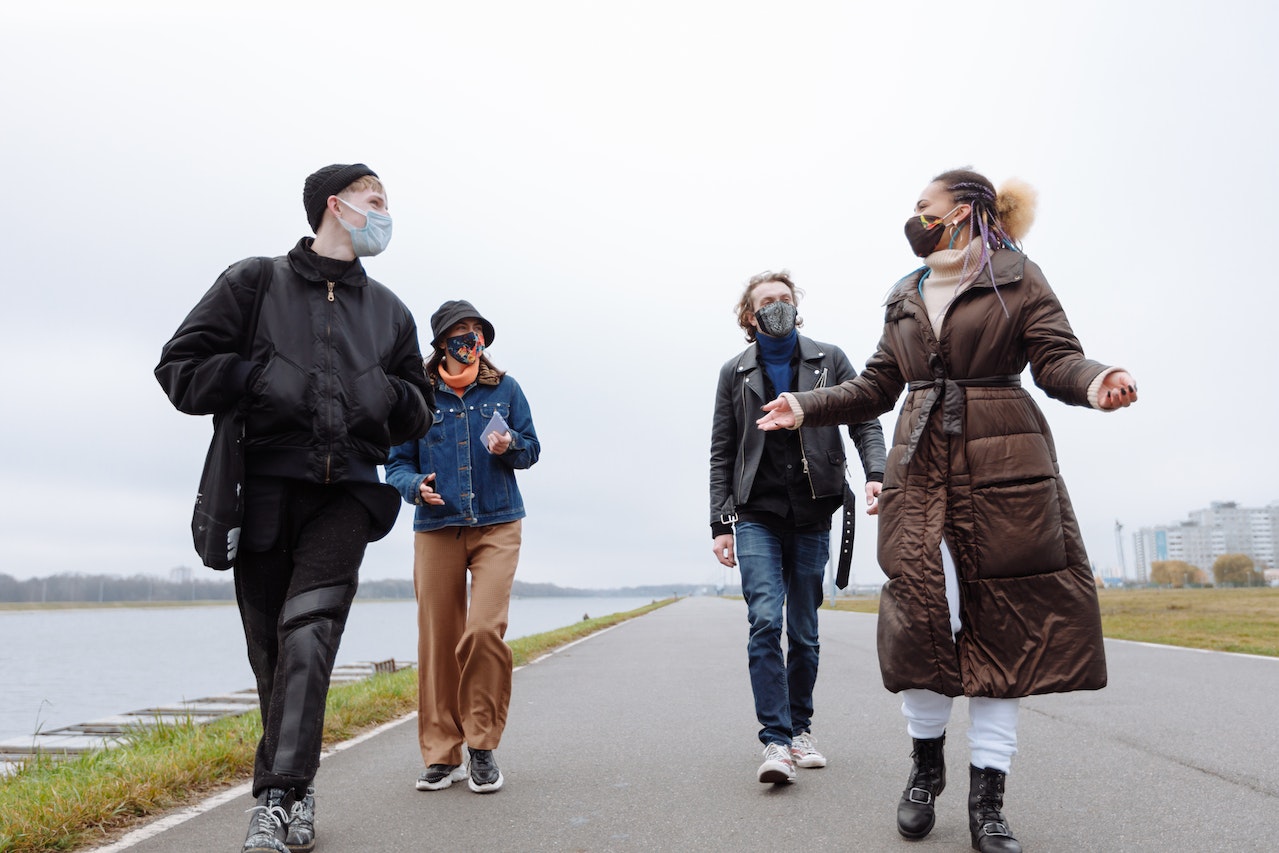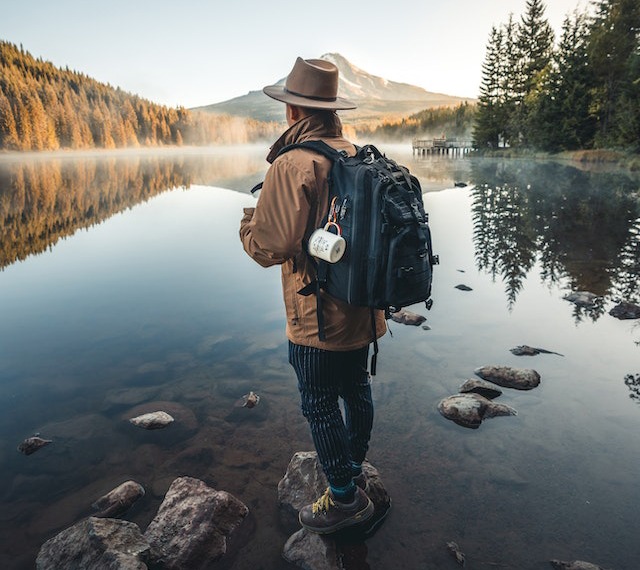In recent years, windbreakers have grown in popularity, and many hikers have shifted from rain jackets to these thin outer layers. Windbreakers are better for light trekking since they pack smaller and weigh less than raincoats. However, it’s crucial to understand how a windbreaker functions in comparison to a rain jacket. A rain jacket, as its name suggests, is primarily made to fend off the rain, but it also provides good wind protection. On the other hand, windbreakers provide minimal rain protection while successfully blocking the wind.
There are countless different styles of jackets available: sweatshirts, bomber jackets, fleece coats, and more are accessible. Although there is a style for everyone, the fantastic thing about windbreakers makes them a need for any outfit. There are several various types of windbreakers, including pullovers, half-zips, hooded windbreakers, and more. Here are some types of windbreakers you may need to know and be familiar with
Insulated Windbreakers – With a fleece or cotton inside, insulated windbreakers are substantially warmer than other types of jackets. The nylon serves to drain away rain from the body to let it breathe better, and the lining is made to boost resilience against inclement weather. Windbreakers with insulation can help you warm up much more rapidly, making them a wonderful choice for chilly weather.
Water Resistant Windbreakers – Manufacturers add a durable water resistant (DWR_ coating on the exterior of every garment they produce to make windbreakers waterproof. While a waterproof/breathable membrane will keep water from getting inside a rain jacket, a DWR is also necessary to keep the outside of the garment from becoming wet. This implies that if raindrops land on your windbreaker, they will condense and eventually fall off, keeping you dry. The only drawback to DWR coatings is that their efficacy tends to degrade with time. The greatest places to wear water-resistant windbreakers are places when it is raining.
Single Layer Nylon – The most common kind of windbreaker on the market right now is made of single layer nylon. This only indicates that the jacket is comprised of a single piece of lightweight nylon fabric. Although these coats are great for warmer seasons, they may be found all year round. When they are engaging in outdoor activities like jogging or bicycling, many individuals grab for this jacket.
Outer Shell jackets – Although they are less in weight, outer shell jackets function more like rain coats. They often fit a little bigger, leaving room for layering. They resemble rain jackets in appearance and feel, but they are not water-resistant. When the weather is chilly and you may want to layer up to stay warm, this is the jacket to choose.
Polyester Windbreakers – Since polyester windbreakers weigh a little bit more than their nylon counterparts, they are a little bit thicker. These jackets are softer and often considerably quieter when you move than nylon ones because of the material. Polyester is a great option when you want to stay warm and dry since it acts as a barrier in practically all weather situations.
Tricot Windbreakers – When it comes to windbreakers, these are in weight. Tricot has a little sheen from the fabric and is quite smooth to the touch, making it really pleasant to wear. Compared to other textiles, these coats may not tolerate water well, but they will undoubtedly keep you toasty! Tricot is a hefty fabric, thus windbreakers made of it are best worn when it is cooler because of its weight.
Features of Windbreakers
Air permeability – When it comes to hiking, backpacking, and sportswear in general, air permeability, also known as breathability, is crucial since you will perspire a lot if your clothing is not air permeable throughout the exercise. Because windbreakers are comprised of a single layer of tightly woven synthetic fabric, which prevents the wind but not the rain (at least not for very long), they often have superior air permeability. Windbreakers are thus ideal for highly energetic sports like jogging, quick ascents of mountains, etc. Additionally, the air permeability of high- and low-quality windbreakers might differ significantly.
Weight and packability – Windbreakers are fairly common among light hikers and virtually invariably pack smaller and weigh less. In fact, everyone should wear lightweight hiking equipment since it eases pain and decreases physical strain. Men’s windbreakers can be as light as 80 grams (3 oz). Windbreakers are more portable due to their reduced size.
Comfort – Windbreaker jackets have far superior stretch, allowing for more mobility. Additionally, they take up less space and make less noise when you move than rigid waterproof textiles do. In conclusion, windbreakers are a more comfortable option. They don’t, however, offer nearly as robust a defense against precipitation as rain coats do.
Protection against precipitation – Windbreakers do offer some rain protection, but they won’t keep you dry for very long. On the other hand, windbreakers offer superior wind protection. They are ideal for brief excursions (day hikes, trail jogging, etc.) in dry but windy weather because of this.
Durability – Since they are frequently composed of thinner materials, windbreakers are more sensitive. However, because the fabric may be sewed by hand or machine without impacting function, windbreakers are simpler to repair. Although patched rips may less effectively block wind, the garment’s functioning should be unaffected.
A little bit of History
Windbreakers truly gained popularity in the 1970s, but if you dig deep enough, you may discover examples of these coats dating back as far as 500 years. In reality, windbreakers are derived from parkas, which were invented by Inuits in response to icy weather. The parka at the time was constructed from the hides of two animals: seal and caribou.
The two skins were stitched together by the Inuits with the hair side facing in and the skin side facing out. They were able to achieve this because it sealed the warm air within the waterproof garment made of seal skin. The windbreaker, one of the most well-liked coats on the market today, got its start here! Western polar explorers adopted these waterproof, insulating coats in the 20th century. They altered the jacket, which was subsequently sold on the market for athletic clothing.
Animal skins were replaced by nylon after World War II and social developments, and the invention of waterproof textiles allowed for the creation of lighter coats. These jackets truly gained popularity in the 1970s among guys who wanted to dress well while still being functional.
Today, most windbreakers are constructed of nylon, polycotton, or other cotton blends. To survive the rain, these materials are typically finished with a waterproofing treatment.
Conclusion
It is always best for one to understand style, functionality, and most importantly, the value of quality, than possessing a well-curated wardrobe. Having clothing items with a defined function is crucial while keeping these factors in mind. This includes windproof outerwear.
Convective heat loss is significantly exacerbated when there is movement in the air, regardless of whether there is a slight drop in temperature or a chilly breeze. You can limit this heat loss with the help of a windproof jacket, which keeps you comfortable at all times.






